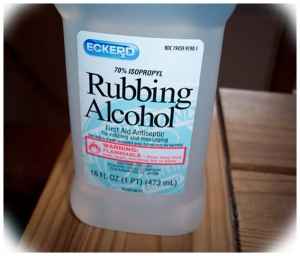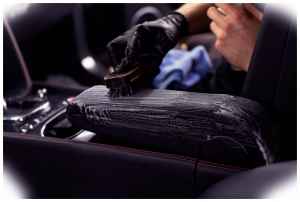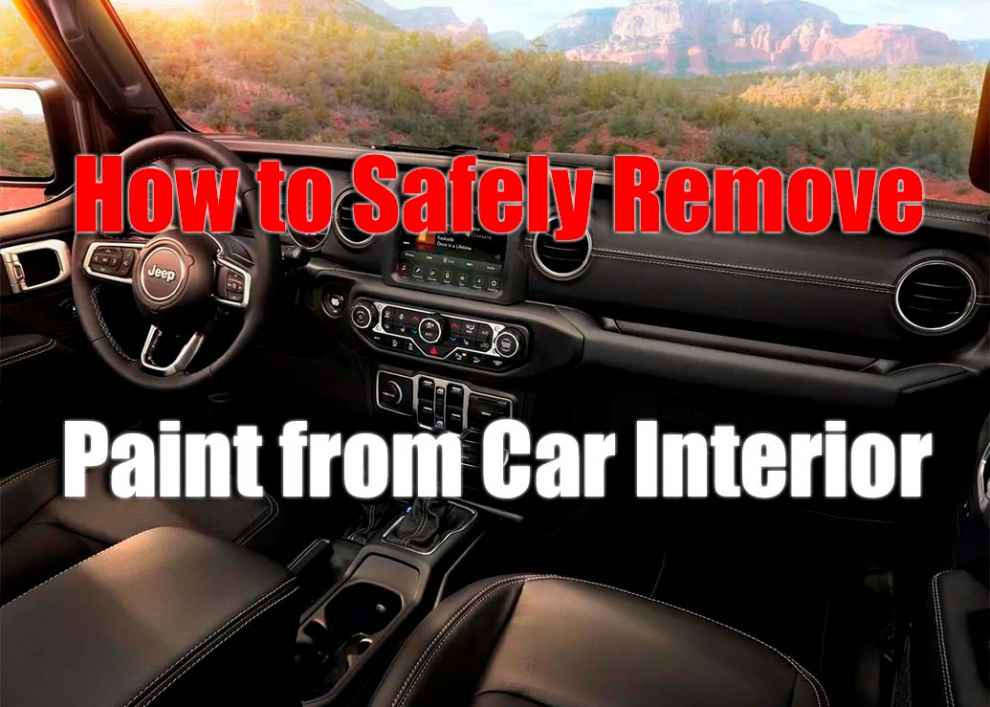Paint is an important part of a car’s interior, used to protect its surfaces from wear and tear. However, when paint chips or bubbles up, it can be an eyesore and detract from your car’s look. Fortunately, there are several ways to safely remove paint from the interior of your car without damaging the underlying surface. In this article, we’ll discuss different methods for removing paint and provide step-by-step instructions on how to do it safely and effectively. Also see how to Paint Your Jeep Hardtop.
Understanding the Types of Paint
Before you start the process of removing paint from your car interior, you’ll need to identify what type of paint was used in its construction. The most common types are:
- Acrylic enamel (also known as water-based).
- Oil-based alkyd enamel.
- Lacquer (also known as spirit based).
Knowing what type of paint was used will help you determine which removal method is best for your particular situation.
Safety Precautions
Removing paint from a vehicle’s interior can be dangerous if not done correctly. You must always follow safety precautions when working with any chemicals or tools:
- Wear protective clothing such as gloves, goggles, and a respirator.
- Work in a well-ventilated area and make sure to keep children and animals away from the work area.
- If using acetone or lacquer thinner, be sure to use them in a well-ventilated area as they can be hazardous to breathe in.
- Do not attempt to remove paint if it is already dry or has been on the surface for an extended period of time.
Materials and Tools Needed
The materials you will need will depend on which method you decide to use:
- Soap and water: bucket, sponge, towels
- Rubbing alcohol: cotton swabs, rags
- Acetone: rags, gloves, respirator mask
- Lacquer thinner: rags, gloves, respirator mask
- Sandpaper: various grits (240-600)
- Paint stripper (optional): paint scraper, brush
Method 1: Using Soap and Water
Using soap and water is the safest way to remove paint from car interior surfaces without causing damage. Begin by mixing a few drops of mild dish soap into a bucket of warm water. Dip a clean sponge or rag into the solution, then wring out any excess water. Gently scrub the area with the paint until it begins to come off. Wipe away the soap residue with a clean towel or rag and repeat as needed until all of the paint is gone. See here the Best Paint for Jeep Hardtop.
Method 2: Using Rubbing Alcohol

Method 3: Using Acetone
Acetone is a strong solvent used to dissolve most types of paints and varnishes, but it should be used with caution due to its hazardous fumes. Put on gloves and a respirator mask before handling acetone, then apply it directly onto a rag or cotton swab. Rub the rag against the painted surface in short strokes until all of the paint has been dissolved and removed from car interior surfaces.
Method 4: Using Lacquer Thinner
Lacquer thinner is another powerful solvent used to remove certain types of paints. Put on gloves and a respirator mask before handling lacquer thinner, then apply it directly onto a rag or cotton swab. Rub the rag against the painted surface in short strokes until all of the paint has been dissolved and removed from car interior surfaces.
Method 5: Using Sandpaper
Sandpaper can be used to remove paint from car interior surfaces without causing any damage to the underlying material. Begin by selecting sandpaper with a grit between 240-600, then lightly sand the area with painted surfaces until all of the paint is gone. Frequently check your progress as you work and switch to a finer grit as needed to ensure that you don’t scratch or damage your car’s surface.
Method 6: Using a Paint Stripper
Paint strippers are chemical mixtures designed specifically for removing paints and varnishes from various surfaces. They can be found at most hardware stores and should be used according to their label instructions for best results. Before using, cover any areas that you don’t want stripping with painter’s tape or plastic sheets to protect them from being affected by the chemical mixture. Apply enough stripper onto the surface so it is completely covered, then let it sit for several minutes before scraping it off with a paint scraper or brush.
Removing Dried Paint Stains
If you have dried paint stains on your car interior, you can use a commercial paint remover to remove them safely and effectively. Make sure to follow the instructions on the product label for best results, as some products may require multiple applications to completely remove the stains.
Maintaining Your Car’s Interior

Conclusion
Removing paint from your car interior can be a tricky process if not done correctly, but with these tips and instructions, you’ll be able to restore your car’s original condition safely and effectively. Always take safety precautions when using solvents or chemicals, wear protective clothing when working in an enclosed space, and maintain your car’s interior surfaces regularly.

Add Comment